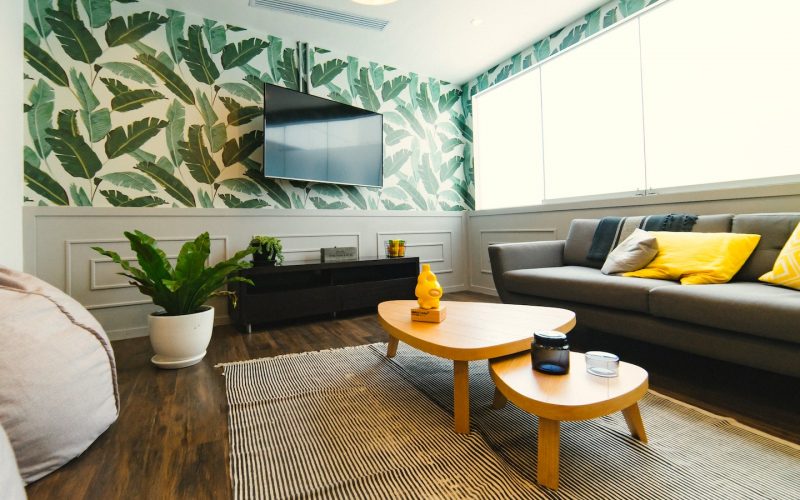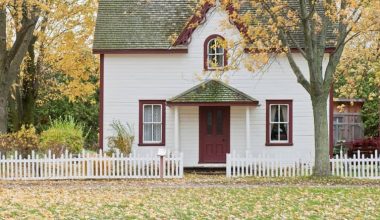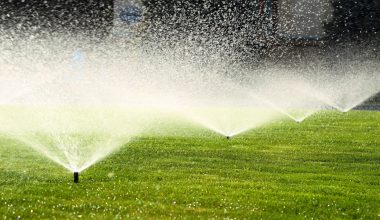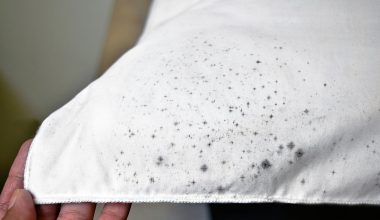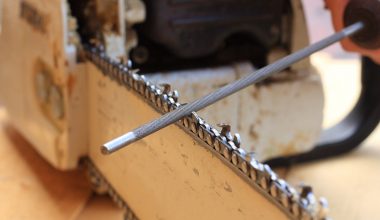Painting a feature wall is a great chance to liven up and elevate your room. Often also called accent walls, they give an opportunity to experiment with patterns, textures, and colors and bring some joy to the room!
Stunning DIY feature wall designs can be cheap to achieve, and they don’t have to be time-consuming either.
Let’s jump right in as we take you through our top tips on how you should paint a feature wall in your home.
What is a feature wall?
A feature wall is decorated differently to the other walls in a room. A fun design element, they can make a plain space more exciting and sophisticated. Interior designers love feature walls for bringing personality into the home.
How much paint will you need?
The amount of paint needed for a DIY feature wall entirely depends on the size of the wall you’re painting. You will need on average two coats of paint, but you might use more if it’s a thinner or lighter color you’re going for.
A number of paint websites offer paint calculating tools to work out how much you’ll need, including famous brands Lowes and BEHR.
Which wall should you Choose?
Choosing which wall to paint can be the most difficult part of a DIY feature wall project. A few simple pieces of advice can make this process easier, however.
Make sure the wall you’re painting will accentuate the space. Find the focal point of the room, and base the feature wall positioning around this. For example, in a living room, a TV feature wall will enhance the space where the TV is often the main focus. Don’t just pick a random wall to highlight, as this will make it look out of place.
Avoid DIY feature walls in small rooms. They work better in larger spaces, as bold colors can make already small rooms look even tinier. In addition to this, don’t paint a feature wall in an overly-crowded room, If there’s a lot going on in a space already, a feature wall can make the room look more cramped or too busy.
Although a feature wall can be a great way to bolden the decor in a room without overwhelming it, you shouldn’t just paint a feature wall out of fear. If you think a room will look great entirely in bold colors, then go for it! A feature wall is a highlight and is something to commit to fully.
How to ‘cut in’ when painting a feature wall
When painting a feature wall, you need to ‘cut in’. This is the art of drawing straight lines to separate colors. Usually, this is done at the edge of the feature wall where it meets the walls of different colors. No masking tape is used to ‘cut in’ on a feature wall.
Cutting in should be the first step of painting your DIY feature wall. To do this, you need a brush fully loaded with paint. Starting at the top of the wall, line the brush up parallel to the edge of the wall where you are cutting the paint, and very carefully draw down. Do this until the cutting is complete, and then you can fill in the rest of the wall.
Feature wall painting techniques
Dulux advises a 60-30-10 rule for painting rooms. Use light colors for 60% of the space, to create a bright and spacious feel. Contrast this with 30% in a darker, matching color. Leave the remaining 10% to add features or detailing. However, every house is different, and your DIY feature wall project should reflect your style.
You can use different types of paint and even wallpaper to create beautiful feature walls. Wallpaper is a brilliant way to incorporate a more complex pattern or vibrant design into a room. Peel-and-stick wallpapers are available if traditional wallpapering fills you with dread. Paint is good for block colors. If you’re feeling adventurous, you could even paint your own mural or pattern!
Darker paints can be used for creating depth and warmth in a room. They offer a more understated feeling, and can really bring some comfort into a plain room. Bright, vibrant colors like green and yellow can be used for a more fun feel or even glow in the dark paints! However, you don’t have to go bold, simplistic, cool greys are perfect for a more sophisticated, classy feel.
Another thing you can do to add a bit of texture and style to your feature wall is play with different types of paint. If you’re going for a rustic, vintage feel, then chalk paint can be a great way to achieve this. It’s rougher texture is perfect for creating a more aged appearance. Chalk paint lasts a long time but can be expensive.
A DIY feature wall can be a great project to add some personality and style to a plain room. Make the most of having a blank canvas, and don’t be afraid to experiment. Choose patterns or colors you never thought you’d go for; you never know, you might love it!
